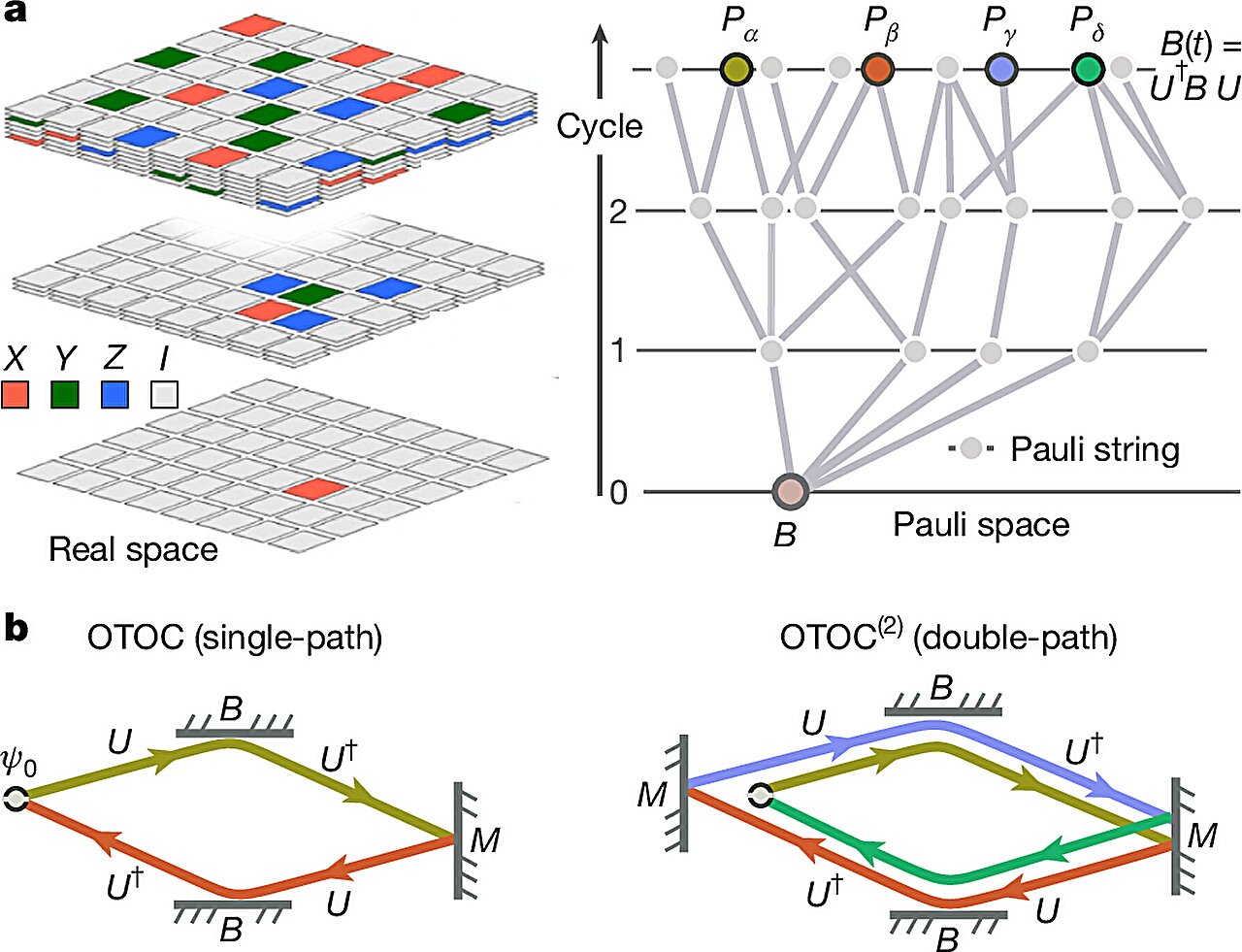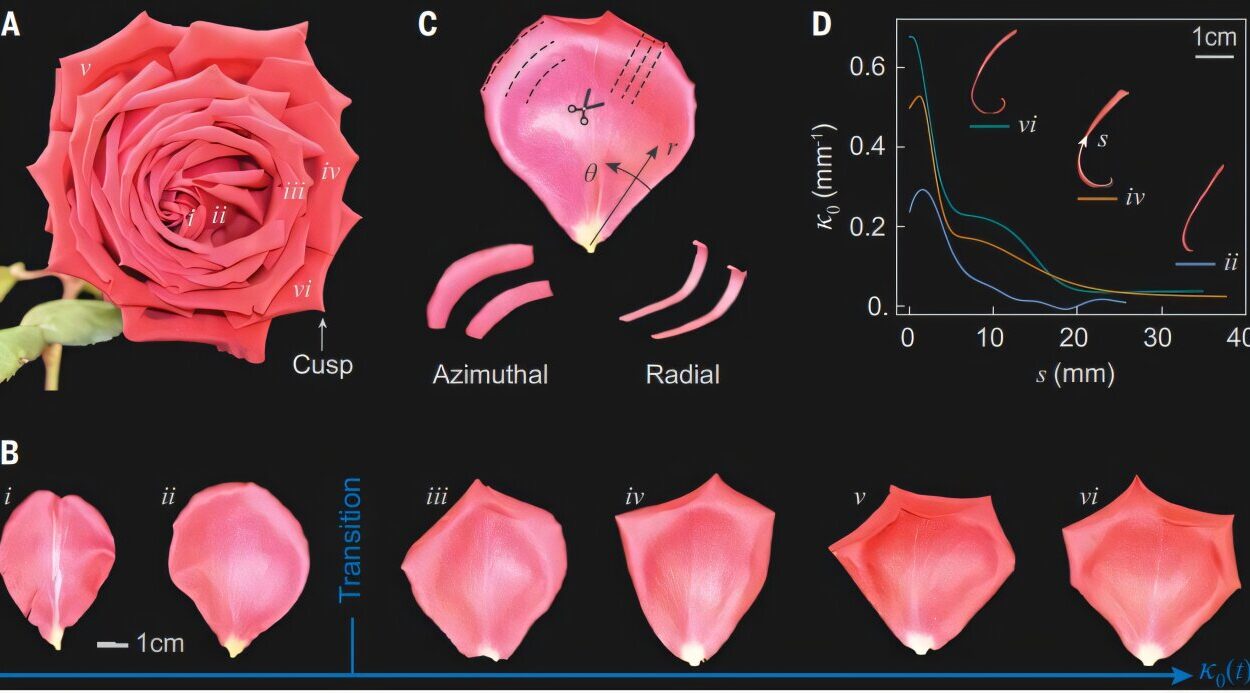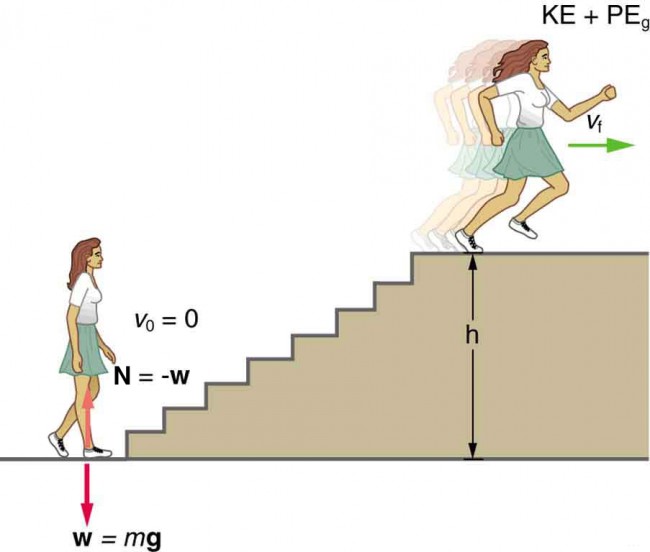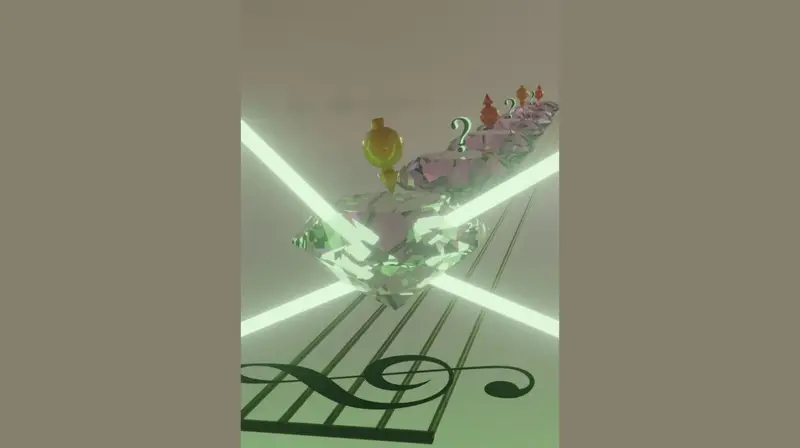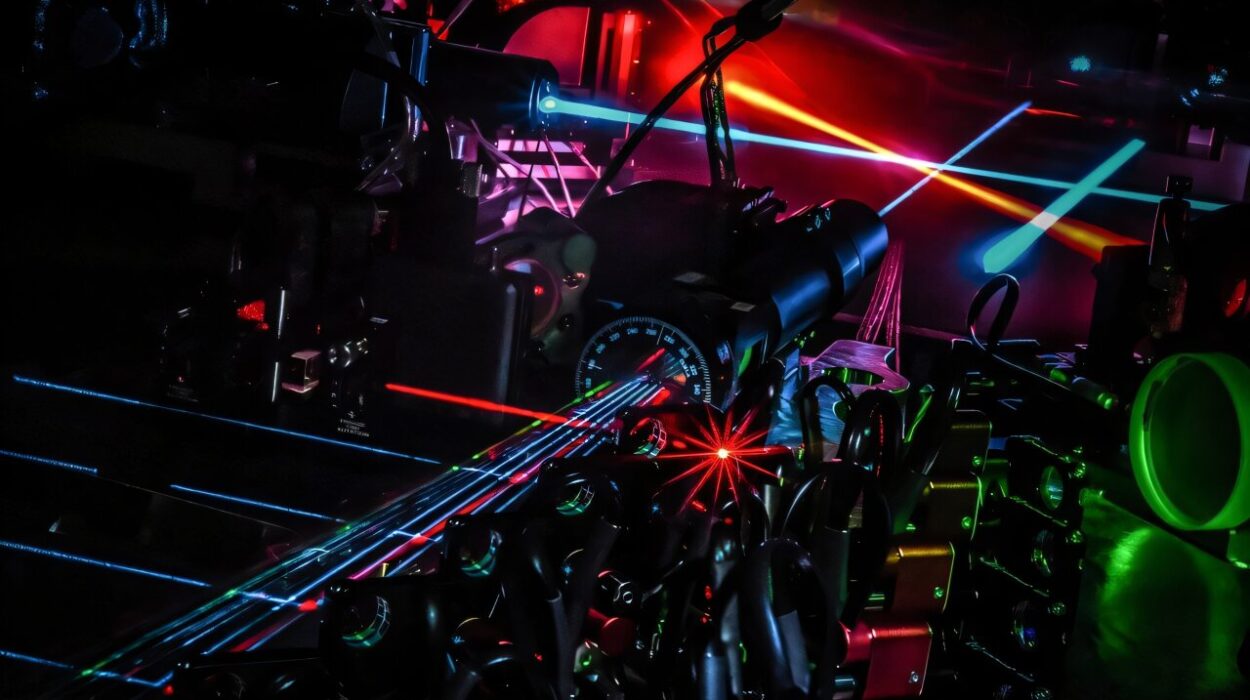For years, quantum computing has lived in the realm of promise — a breathtaking theory waiting to prove its worth in the real world. Researchers have long said that, in principle, quantum machines could solve problems so complex that even the most powerful supercomputers would take centuries to finish them. But until now, most demonstrations have been contrived puzzles meant to test the hardware, not problems that matter to science.
That may have just changed.
In a new study published in Nature, researchers from Google Quantum AI report that their latest processor, named Willow, has run an algorithm that solved a highly complex quantum physics problem thousands of times faster than the world’s most powerful classical supercomputers. If confirmed, this would mark one of the first true instances of practical quantum advantage — the moment when a quantum computer does something useful that a classical computer simply cannot do in time.
Cracking a Problem Even Supercomputers Struggle With
The problem Google chose is anything but abstract. They set out to study entangled quantum systems — collections of particles so deeply linked that their properties collapse together even across distance. Entanglement is central to both quantum physics and quantum technology, but it is also notoriously hard to model. Once particles become entangled in large groups, their possible states multiply explosively, outpacing the ability of even massive supercomputers to simulate them.
To tackle this, the team developed a technique called Quantum Echoes. It is designed to measure a key property known as an Out-of-Time-Order Correlator, or OTOC. OTOCs track how fast information spreads and becomes scrambled inside a quantum system — essentially, how quickly the system becomes chaotic. The faster the spread, the harder it is for classical machines to follow it in real time.
OTOCs are not just interesting; they are extremely challenging to compute with conventional methods. That difficulty is exactly why the Google team chose them. In their words, OTOCs have both quantum sensitivity and classical simulation complexity, making them ideal targets for proving quantum advantage.
Measuring Chaos by Reversing Time
At the heart of the Quantum Echoes technique is a kind of “time reversal.” The researchers first evolve the quantum system forward as usual. Then they apply a tiny perturbation — just enough to alter its state — and run the computation exactly backward. The final readout reveals how strongly the small change amplified as the system evolved. That amplification is the “echo” from which information about the underlying physics can be extracted.
For this experiment, the team used a particularly demanding variation called OTOC(2). When the Willow processor ran these calculations, it finished a task in minutes that, according to the team’s benchmarks, would take the fastest classical supercomputer 13,000 times longer.
That speed gap is not academic; it begins to break the assumption that supercomputers can always catch up eventually. Here, they may simply not be able to.
Not Just “Quantum Supremacy” — Something More Meaningful
Google has claimed a quantum milestone before. In 2019, its Sycamore processor achieved what the company called “quantum supremacy” — solving a contrived mathematical task faster than any classical machine. Critics later argued that the task was not practically relevant and that classical methods were improved after the fact to match it.
This time, the context is different. The new result does not hinge on an artificial puzzle but on a real physics question of high interest: how rapidly does quantum information spread in an entangled system? That is a question with consequences for material science, cryptography, thermodynamics, and even black hole physics.
If the results hold up, this is not a stunt — it is the first step toward legitimate usefulness.
Why This Matters Beyond the Lab
If quantum processors can reliably evaluate systems that supercomputers cannot model in practice, the possibilities ripple outward fast. Industries and research fields that rely on simulating complex quantum behavior could accelerate dramatically. That includes:
— Designing new superconducting or battery materials with atomic accuracy
— Simulating molecular behavior for faster drug discovery
— Modeling climate and atmospheric dynamics at a resolution beyond today’s reach
— Optimizing logistics, finance, or energy grids with levels of complexity currently intractable
We are not yet at the point where quantum computers will replace classical computing, nor are we close to solving arbitrary problems instantly. But this study edges quantum technology across an important psychological and scientific border — from theoretical promise to emerging tool.
An Inflection Point for the Future of Computation
For decades, scientists have waited for a moment when a quantum device could outperform the best classical machines on a problem that actually matters to physics or engineering. The Willow experiment suggests that moment may have arrived.
Quantum advantage was once a prediction. Now it is beginning to look like a transition — the point where computing stops being only manufactured and begins being rewritten from the laws of physics upward. If this line of work continues to validate itself, we may one day look back and say this was when the future of computing started to become unrecognizable from its past.
More information: Observation of constructive interference at the edge of quantum ergodicity, Nature (2025). DOI: 10.1038/s41586-025-09526-6
